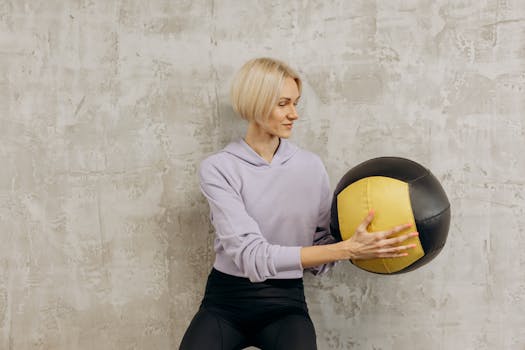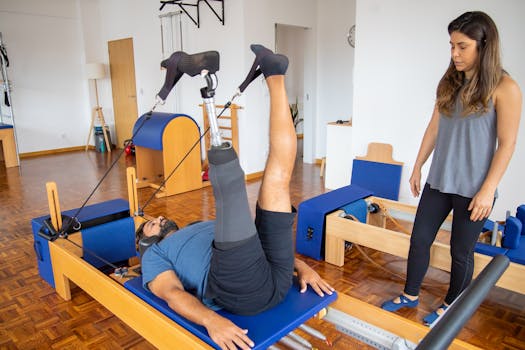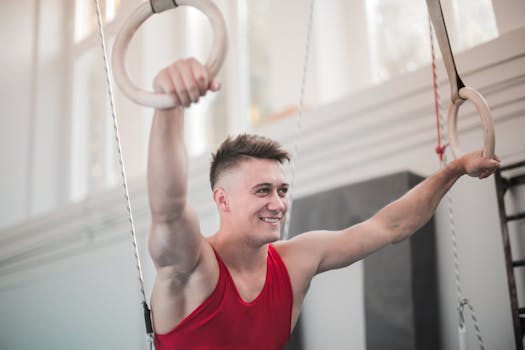
Unlock Your Core Strength: The Power of Pilates for Stability and Balance
Takeaways: Pilates is an effective method for building core strength and stability, improving posture, enhancing athletic performance, and reducing the risk of injury. This article delves into the benefits of Pilates, essential exercises, and tips for incorporating it into your fitness routine.
Core strength is essential for overall health and stability, and Pilates is one of the most effective ways to develop it. This low-impact exercise method focuses on strengthening the core muscles, which include the abdominal muscles, lower back, hips, and pelvis. By engaging these muscles, Pilates helps improve posture, balance, and stability, which are crucial for both everyday activities and athletic performance.
The Benefits of Pilates for Core Strength

- Improved Posture: Pilates emphasizes alignment and body awareness, which can lead to better posture. A strong core supports the spine and helps maintain an upright position.
- Increased Flexibility: Many Pilates exercises promote flexibility in addition to strength. This balance can help prevent injuries and improve overall physical performance.
- Enhanced Athletic Performance: Core strength is vital for athletes across all sports. Pilates helps develop the deep core muscles that stabilize the body during movement, enhancing performance.
- Injury Prevention: By strengthening the core and improving stability, Pilates can help reduce the risk of injuries related to weak or imbalanced muscles.
- Mind-Body Connection: Pilates encourages awareness of breath and movement, fostering a strong mind-body connection that can enhance overall well-being.
Effective Pilates Exercises for Core Stability

- The Hundred: This classic Pilates exercise warms up the body and engages the core. Lying on your back with your legs in a tabletop position, lift your head and shoulders off the mat. Pump your arms up and down while taking five short breaths in and five short breaths out. Repeat for ten cycles.
- Roll Up: This exercise promotes spinal articulation and strengthens the abdominal muscles. Start lying on your back with your legs extended. Inhale as you lift your arms overhead, and exhale as you curl up into a seated position, reaching for your toes. Roll back down with control.
- Single Leg Stretch: This exercise targets the deep abdominal muscles while improving coordination. Lie on your back, lift your head and shoulders, and bring one knee toward your chest while extending the other leg. Alternate legs while maintaining core engagement.
- Plank: The plank is a fundamental exercise for overall core stability. Start in a push-up position with your body in a straight line. Hold the position, engaging your core, glutes, and legs, for as long as you can.
- Bridge: This exercise strengthens the glutes and lower back while engaging the core. Lie on your back with your knees bent and feet flat on the floor. Lift your hips towards the ceiling, creating a straight line from your shoulders to your knees. Hold for a few seconds before lowering back down.
Incorporating these exercises into your routine just a few times a week can lead to significant improvements in core strength and stability.
How to Incorporate Pilates into Your Routine

It’s essential to focus on quality over quantity. Aim for a consistent practice, even if it’s just two to three times a week. As you become more comfortable with the exercises, you can gradually increase the intensity and complexity of your practice.
In addition to dedicated Pilates sessions, consider integrating core-focused exercises into your existing fitness routine. This combination can enhance your overall strength and stability.
Conclusion







